Biggest carrot we’ve ever grown!
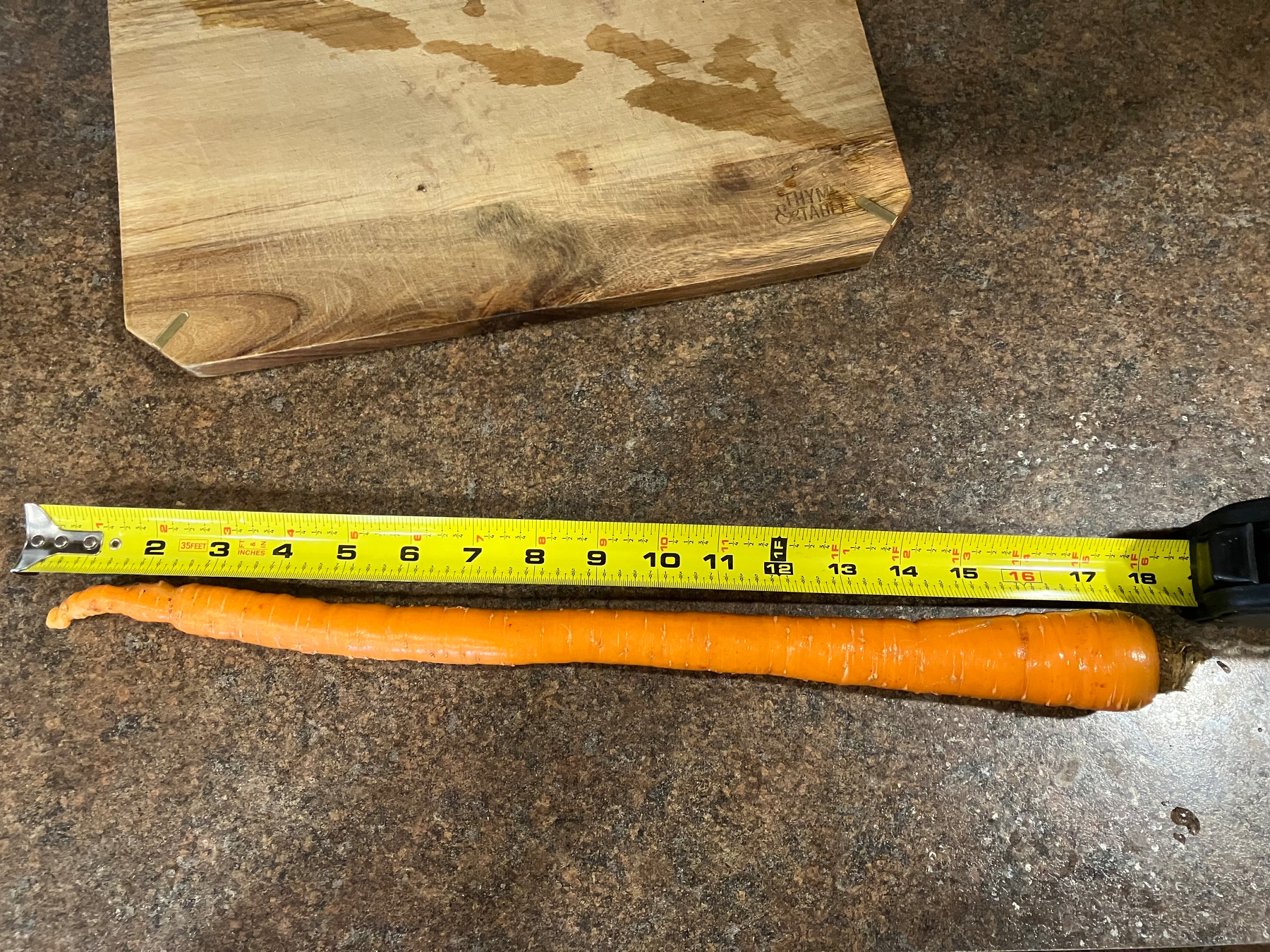
Biggest carrot we’ve ever grown!

One of the highlights of the late season here in the garden is the woods purple. It’s also one of the originals from when we first started in 2020. It almost glows in the sunshine.

One of the best things about our garden this summer has been these galia melons. They’re apparently a cross between honeydew and cantaloupe; they’re straightforwardly sweet, eliminating that slightly off taste of cantaloupe. And they’re so pretty!

Rachel and I have spent much of the day cleaning up around the juniper trees at the back of the garage. Looks much better now. Also, I harvested a lot of berries from the trimmed limbs and I’m currently dehydrating them for incense. Smells so good in here!
A pox upon all lava rock, plastic landscape edging, and all the works and ways of Orthanc Landscaping Services, LLC
Reminder to myself in the low light of winter: strong sun on a patch of brown eyed Susans. Also: remember that it’s been hot as hell for weeks now and maybe winter would be a welcome break.

A bumblebee sleeping in last Friday.
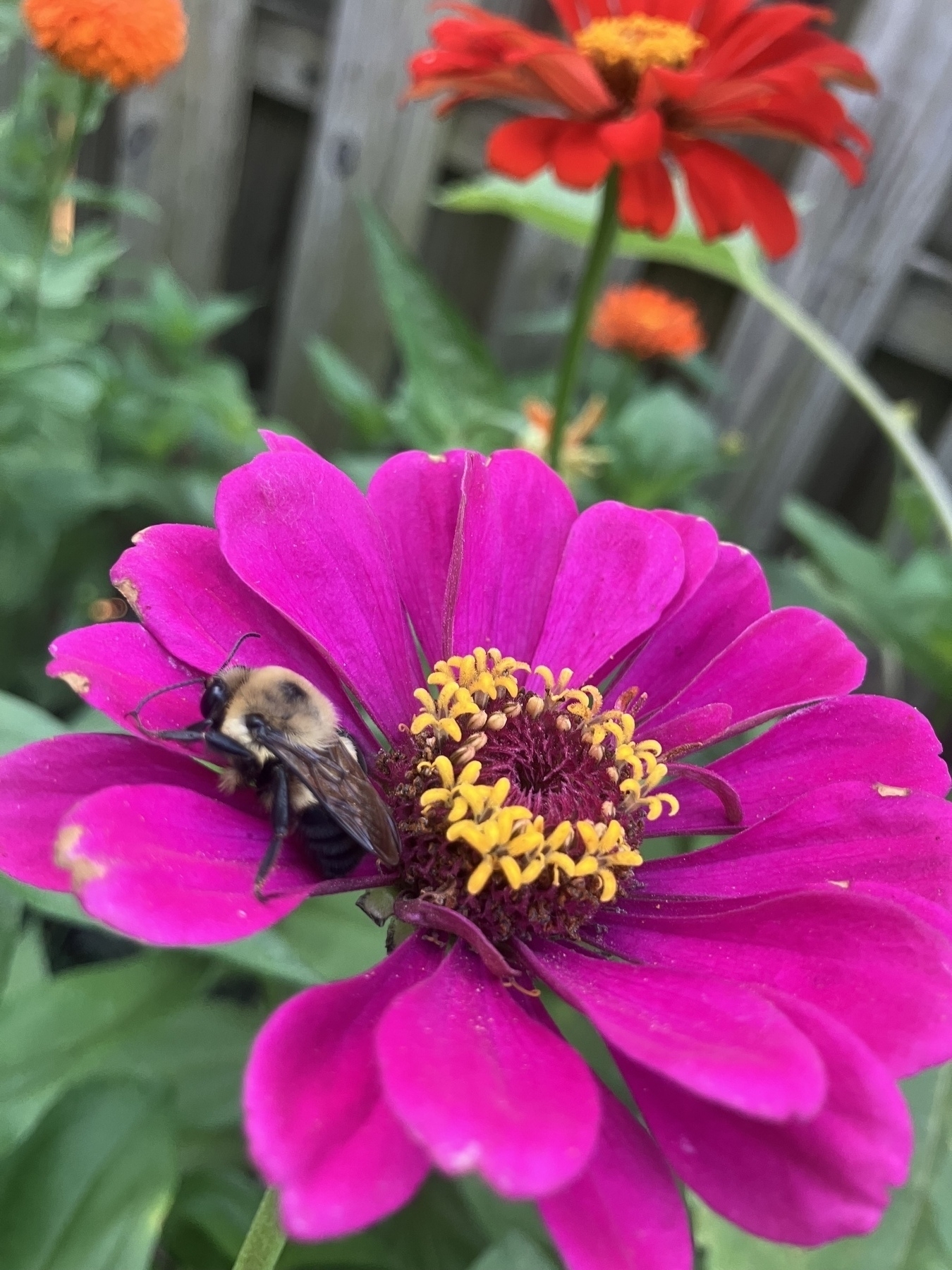
Some garden photos from this morning. It’s Limestone Heritage Festival weekend here in town and the heat advisory has ended just in time. The parade always lines up in front of our house. Who doesn’t love a small town parade?
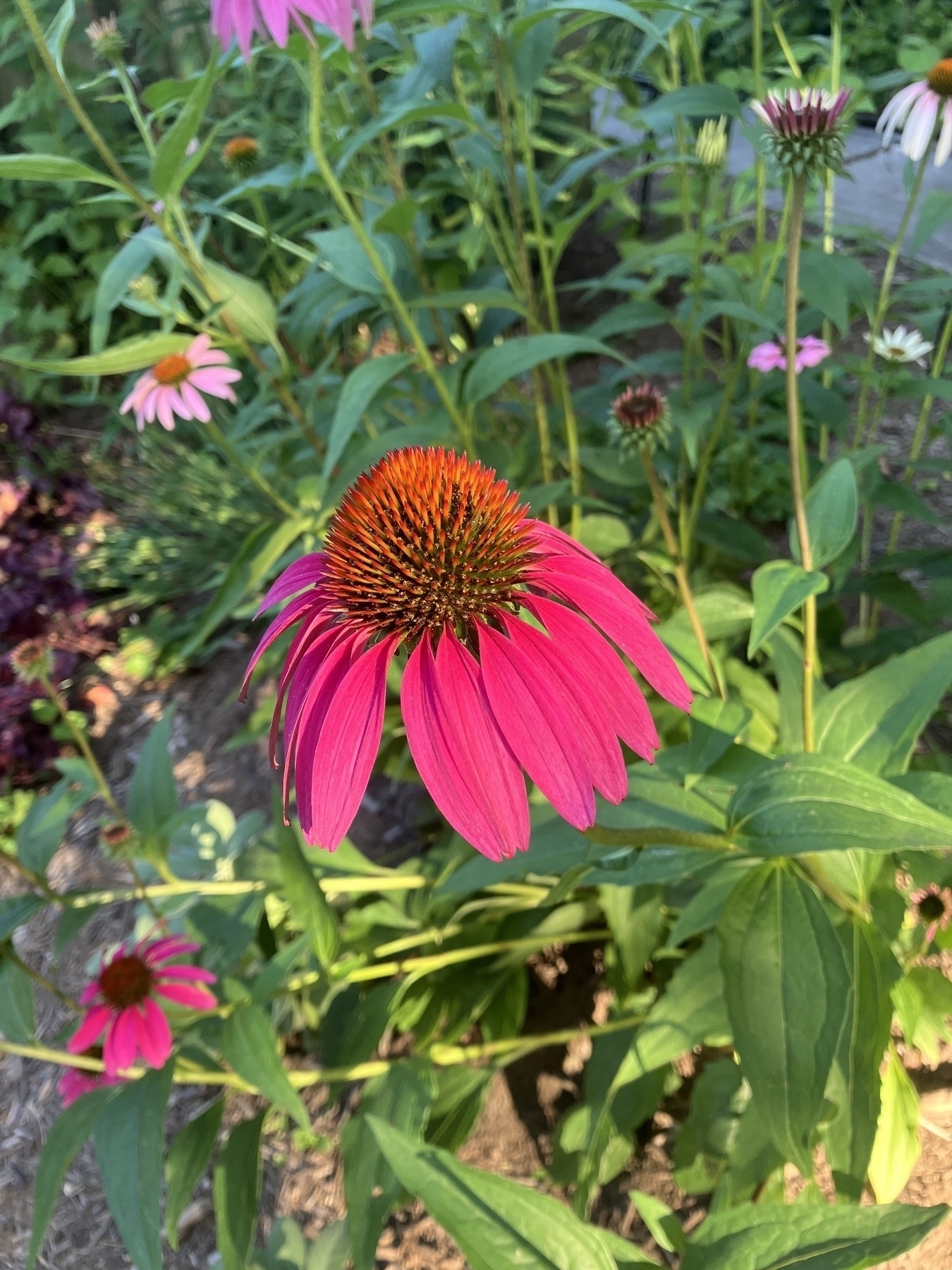
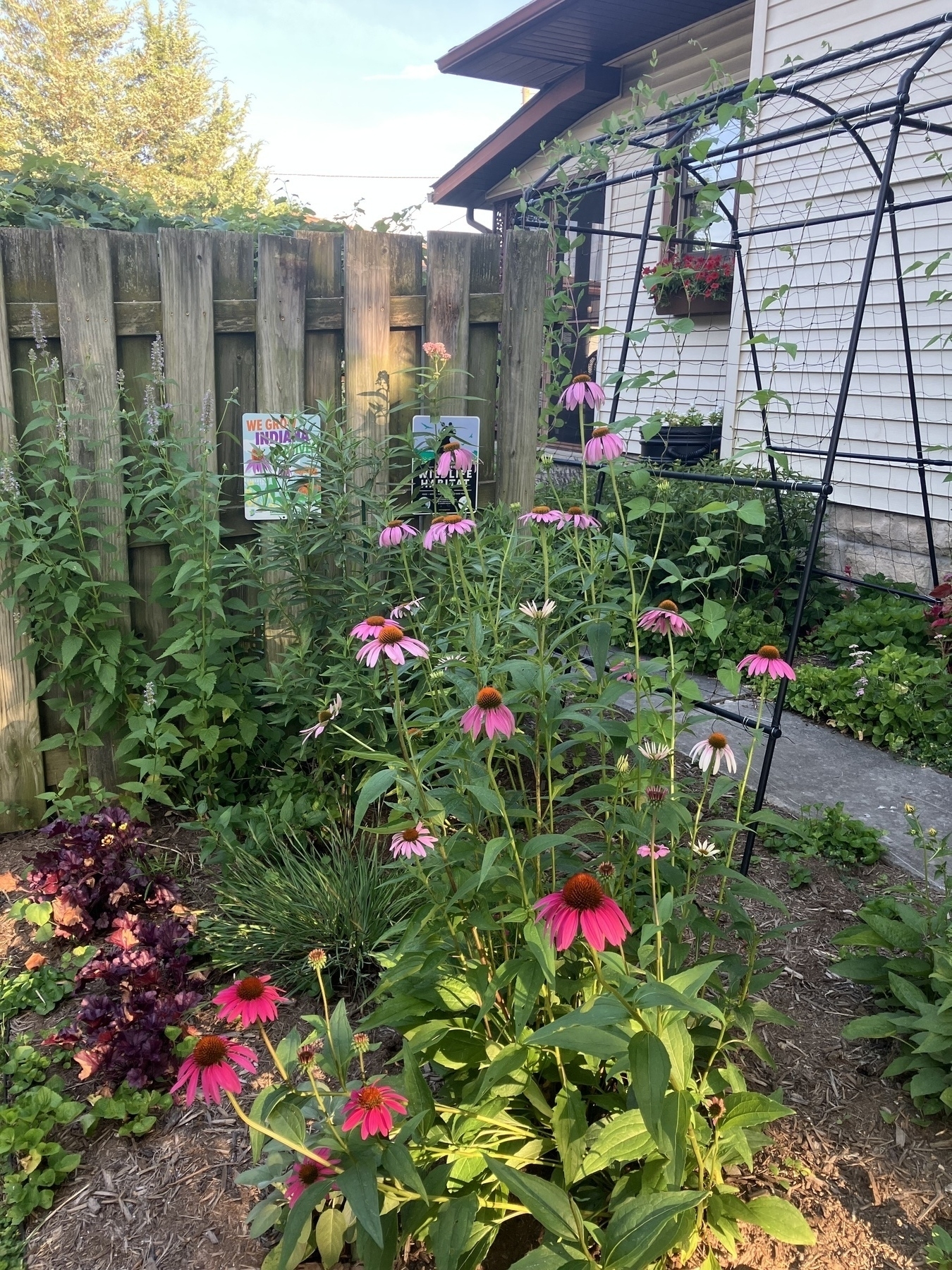
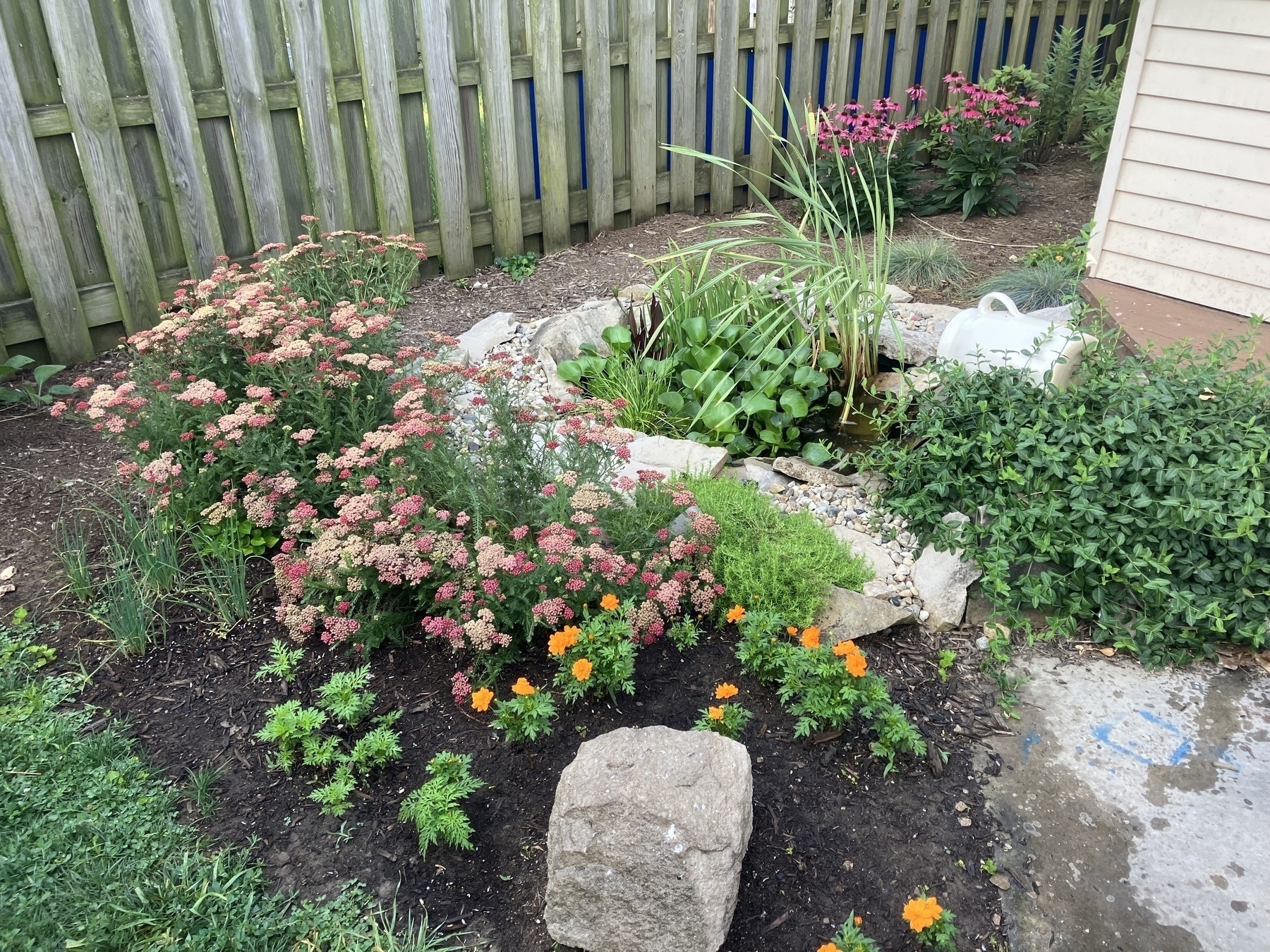

Rachel found a little friend in the collard greens today.
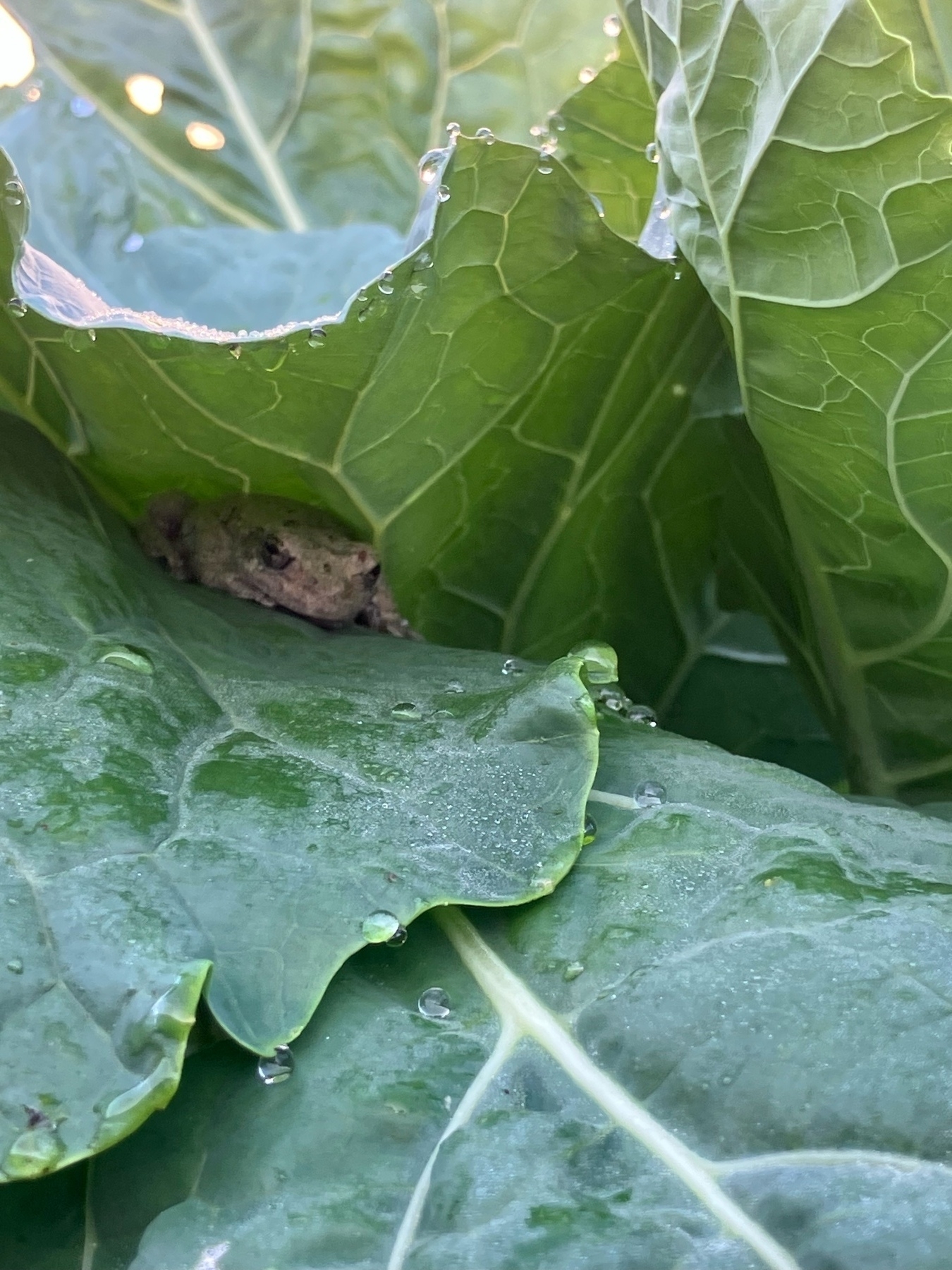
Grapes!
